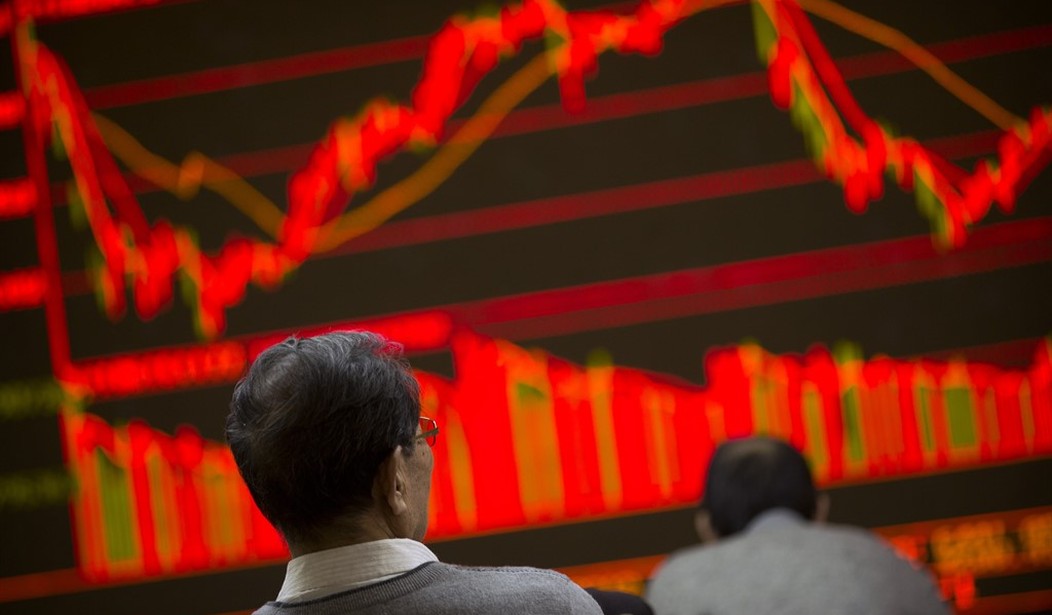Top News
China’s Manufacturing Index Takes a Surprise Downturn (and Chinese Migrants Head to the US Border)

China’s economy seemed to perk up a bit in September. The country’s manufacturing index inched above 50, the dividing line between expansion and contraction. And that made the disappointing October numbers a surprise to many economists.
An official gauge of China’s manufacturing activity unexpectedly fell into contraction after rising to expansion territory for one month in September, signaling renewed weakness in the sector.
China’s official manufacturing purchasing managers index fell to 49.5 in October from 50.2 in September, the National Bureau of Statistics said Tuesday.
This was seen as a sign that the recovery may take a while.
“The unexpected decline of the manufacturing PMI shows the recovery in China is a bumpy road as domestic demand is still quite weak,” said Zhang Zhiwei, president and chief economist at Pinpoint Asset Management.
“I think the government is likely to raise the fiscal deficit next year and aim for a sustained economic recovery.
Bloomberg notes that there are no favorability polls in China because no one has a say anyway so why would it matter. Still, Xi can’t be terribly popular right now.
…it will be years before high-end manufacturing can replace property investments as the new growth engine. For instance, while Huawei Technologies Co.’s new smartphone Mate 60 Pro was a major breakthrough despite US sanctions and export controls, its Kirin chip is still not as advanced as the ones that power Apple Inc.’s most advanced new iPhones. Mass production also remains a question mark.
China has no approval ratings polls and social media is heavily censored, so we don’t have an accurate measure of Xi’s popularity. But we have a sense. Given the high homeownership and that more than one in five young people are jobless, many can’t be too happy right now.
If young people can’t find work in China, they’ll do what so much of the rest of the world is doing these days: Head for the US border.
The young Chinese man looked lost and exhausted when Border Patrol agents left him at a transit station. Deng Guangsen, 28, had spent the last two months traveling to San Diego from the southern Chinese province of Guangdong, through seven countries on plane, bus and foot, including traversing Panama’s dangerous Darién Gap jungle.
“I feel nothing,” Deng said in the San Diego parking lot, insisting on using the broken English he learned from “Harry Potter” movies. “I have no brother, no sister. I have nobody.”
Deng is part of a major influx of Chinese migration to the United States on a relatively new and perilous route that has become increasingly popular with the help of social media. Chinese people were the fourth-highest nationality, after Venezuelans, Ecuadorians and Haitians, crossing the Darién Gap during the first nine months of this year, according to Panamanian immigration authorities…
“This wave of emigration reflects despair toward China,” Cai Xia, editor-in-chief of the online commentary site of Yibao and a former professor at the Central Party School of the Chinese Communist Party in Beijing.
“They’ve lost hope for the future of the country,” said Cai, who now lives in the U.S.
I’m not a fan of the lax and broken US immigration system, but I am sympathetic to some of the individual migrants from China for the same reason I’m sympathetic to some of the Venezuelan migrants. They are both fleeing a communist dictatorship and the US represents more than just a job to many of them. Deng, the man mentioned above, told the AP, “I’m very happy to be in the U.S. now. This is my dream country.”
Americans can still be proud that our country is seen that way by many people around the world. Of course we can’t let illegal immigration overwhelm us, but it’s good to be the dream country for people stuck in unfree places around the world. It shows that America is still the shining city on a hill that Ronald Reagan talked about.
Read the full article here


















